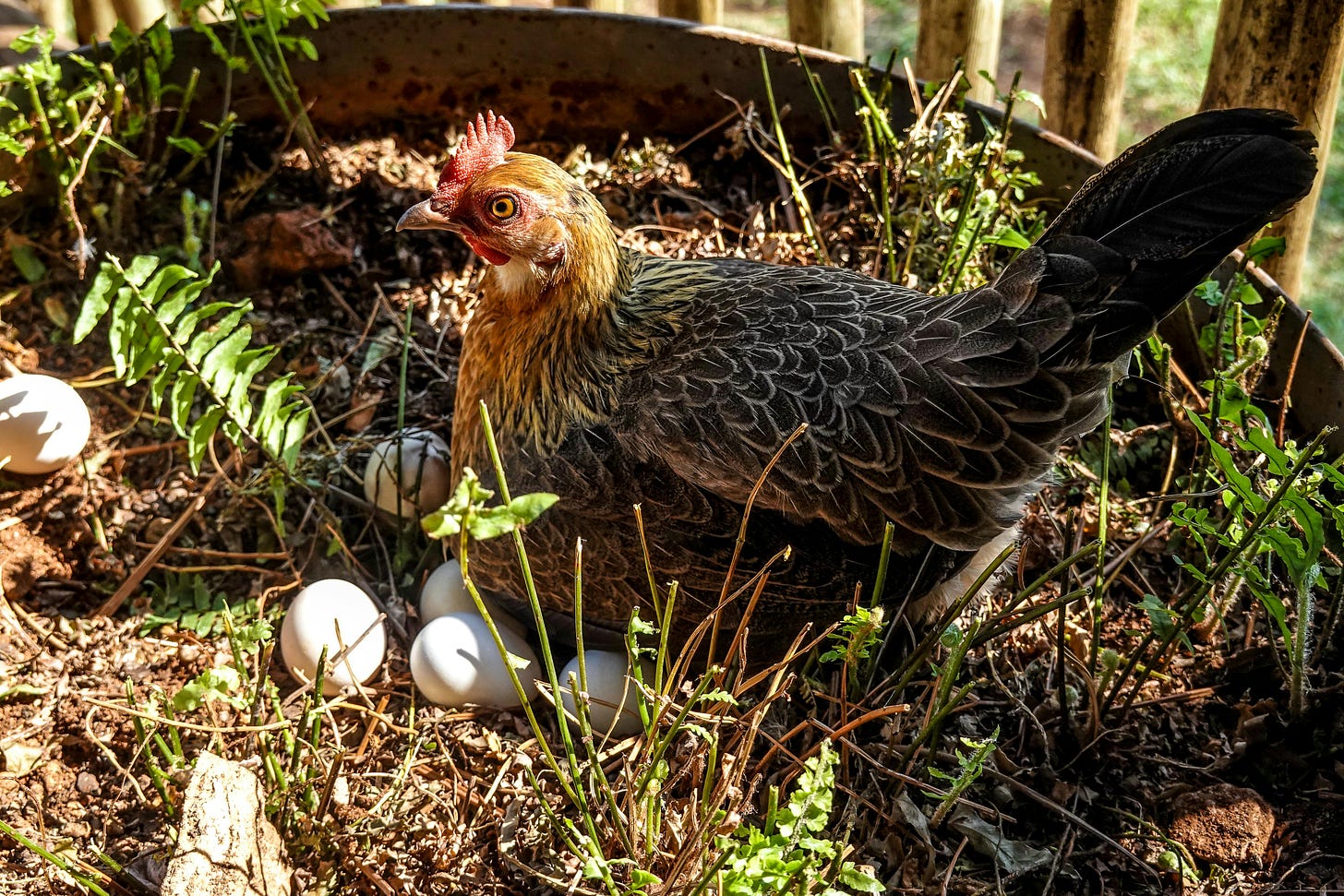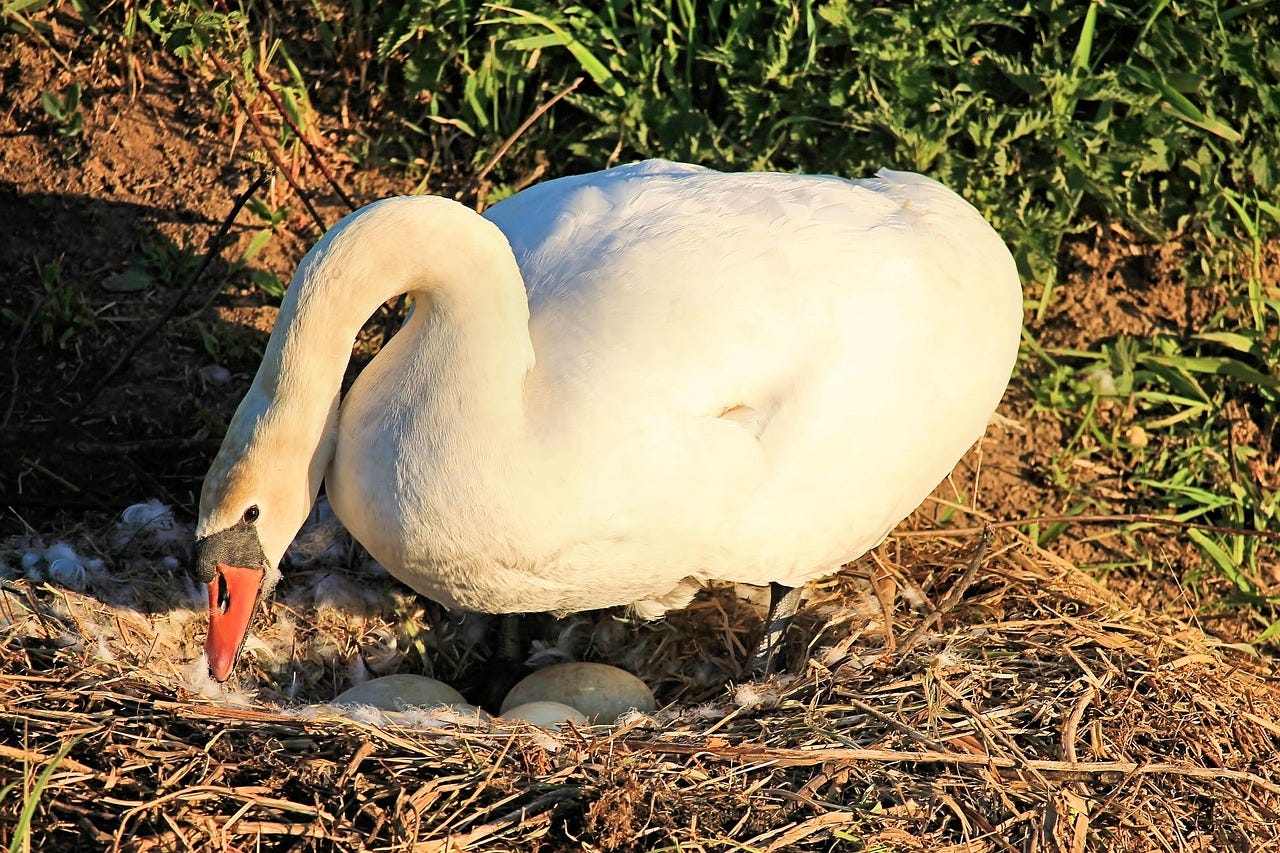How to win the egg drop challenge
Contrary to common belief, eggs are less likely to break when landing on their side. Here's why.
Have you ever done the egg drop challenge? In this popular physics experiment, you use everyday materials—like straws, tape, and toilet paper—to cushion an egg enough to keep it protected when falling from a certain height. Intuitively, most people tend to position the egg upright, assuming it will be ‘stronger’ in that orientation. But science knows better.
In upright orientation, eggs resemble the shape of a structural arch, which is built to redistribute and withstand high loads. This is why most people assume eggs are more stable in that orientation. But is that actually the case? Researchers from the Massachusetts Institute of Technology decided to put this idea to the test1.
For the sake of science, they dropped 180 hen’s eggs (enough for about 1,350 American pancakes) from different heights and in either vertical or horizontal orientation. And they found that eggs were less likely to break when dropped horizontally, landing on their side!
Why do eggs break more often when falling on one of their ends? It’s because they are stiffer in this vertical orientation—and being stiff doesn’t necessarily make an egg strong. To stay intact, an egg needs to be tough, not stiff.
In another set of experiments, sacrificing another 60 eggs (about 450 pancakes), the researchers loaded eggs in horizontal and vertical orientations between two plates. Eggs loaded vertically, along their long axis, allowed for very little deformation before breaking. That is stiffness. Eggs loaded horizontally, on the other hand, deformed 30% more before breaking. That is toughness.
That means, eggs in horizontal orientation absorb part of the energy and use it for elastic and reversible deformation of the shell. This makes the egg more ‘bouncy’ and less likely to break!
What does that mean for incubating birds?
This work was done by physicists, not biologists. They provide great advice on one of the most popular high-school physics experiments, but didn’t write a single word about what their findings tell us about the reproductive biology of birds in real life.
So, developing this idea further and trying to translate the physics to biology (after all, I hold a Bachelor’s degree in biophysics!), I wonder: Does the toughness of eggs in horizontal orientation lower the risk of incubating birds crushing their own eggs under their body weight?
Looking at these images below, what do you think?
Have a wonderful rest of the week! All the best,








Eggs are fascinating. So tough and yet so fragile. Wrap your hand around them and squeeze and they won't break. Tap them gently on a table, and crack! I imagine it's another advantage of birds being lightweight--so they don't crack the eggs they incubate.